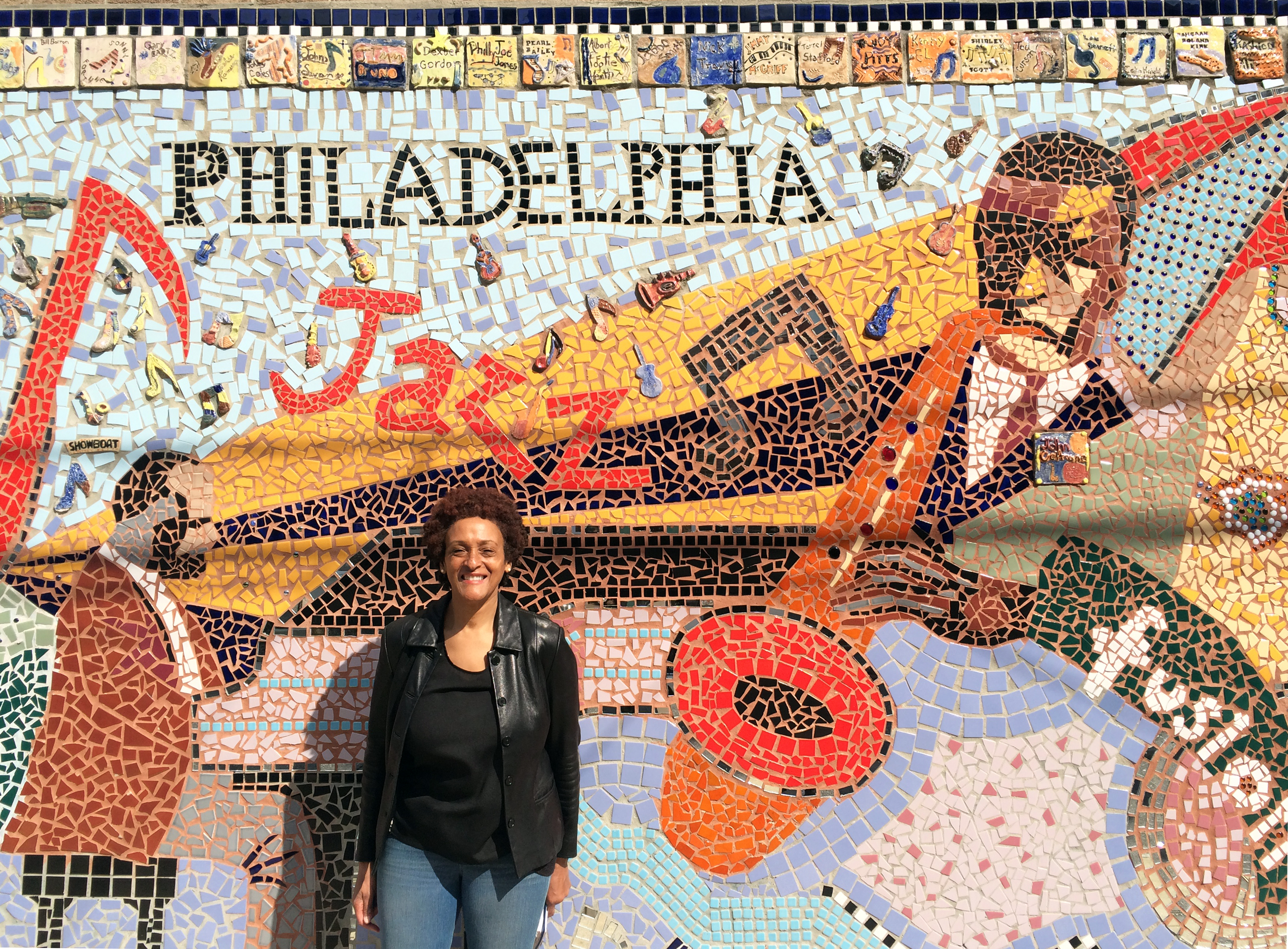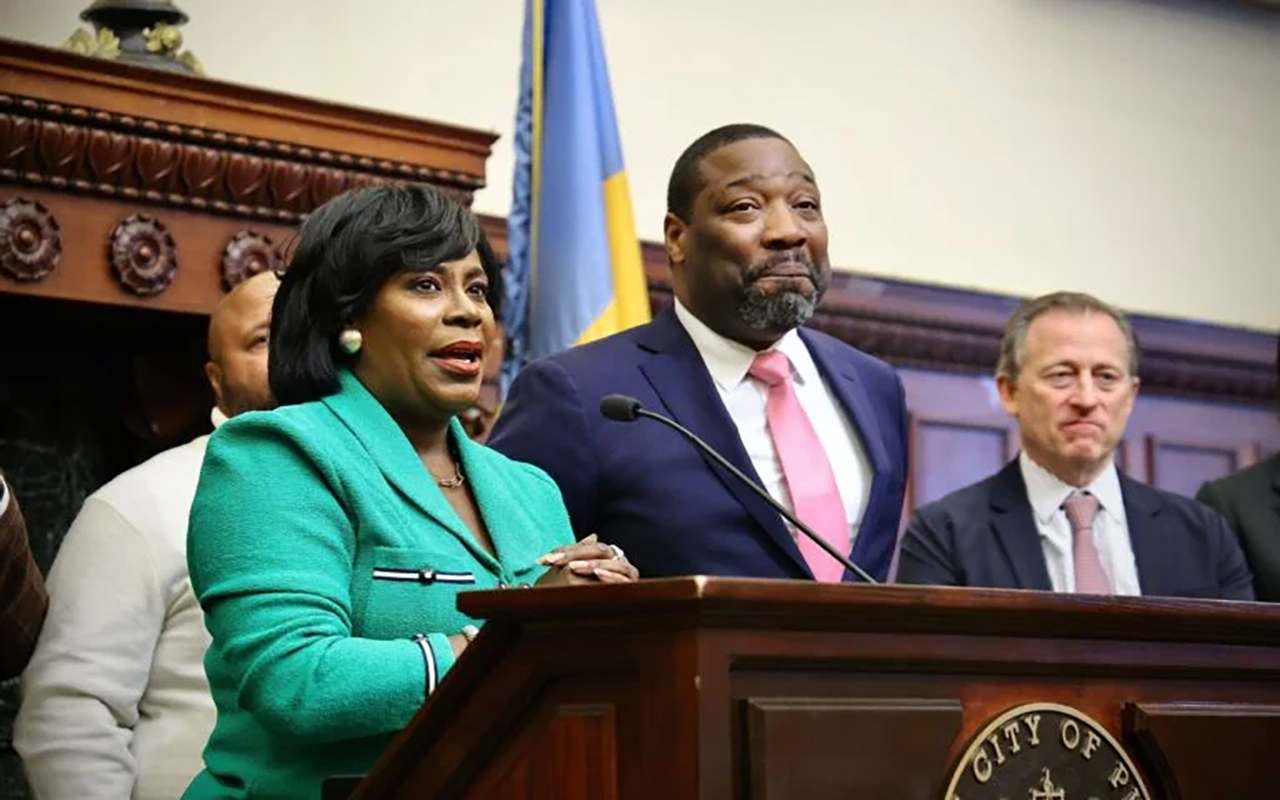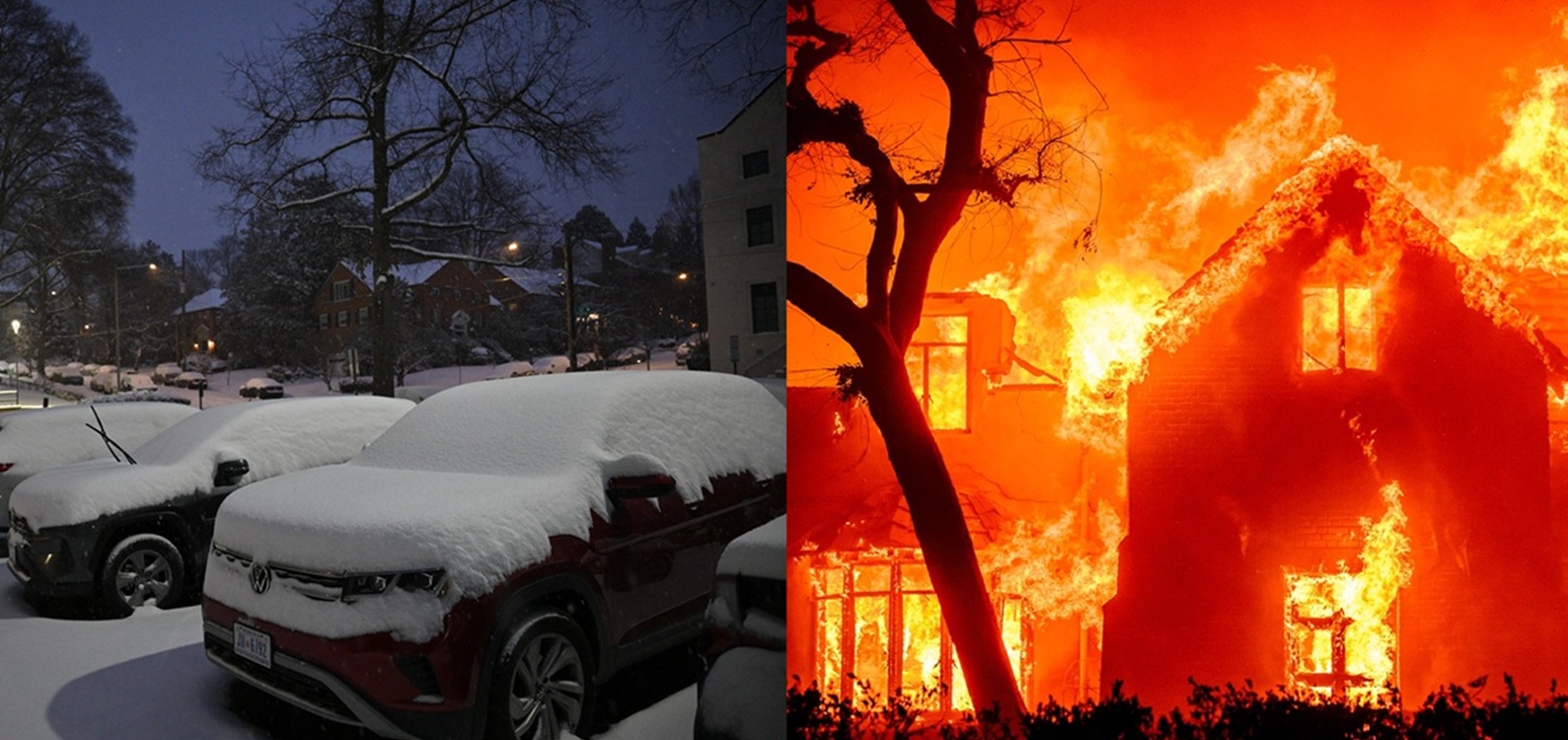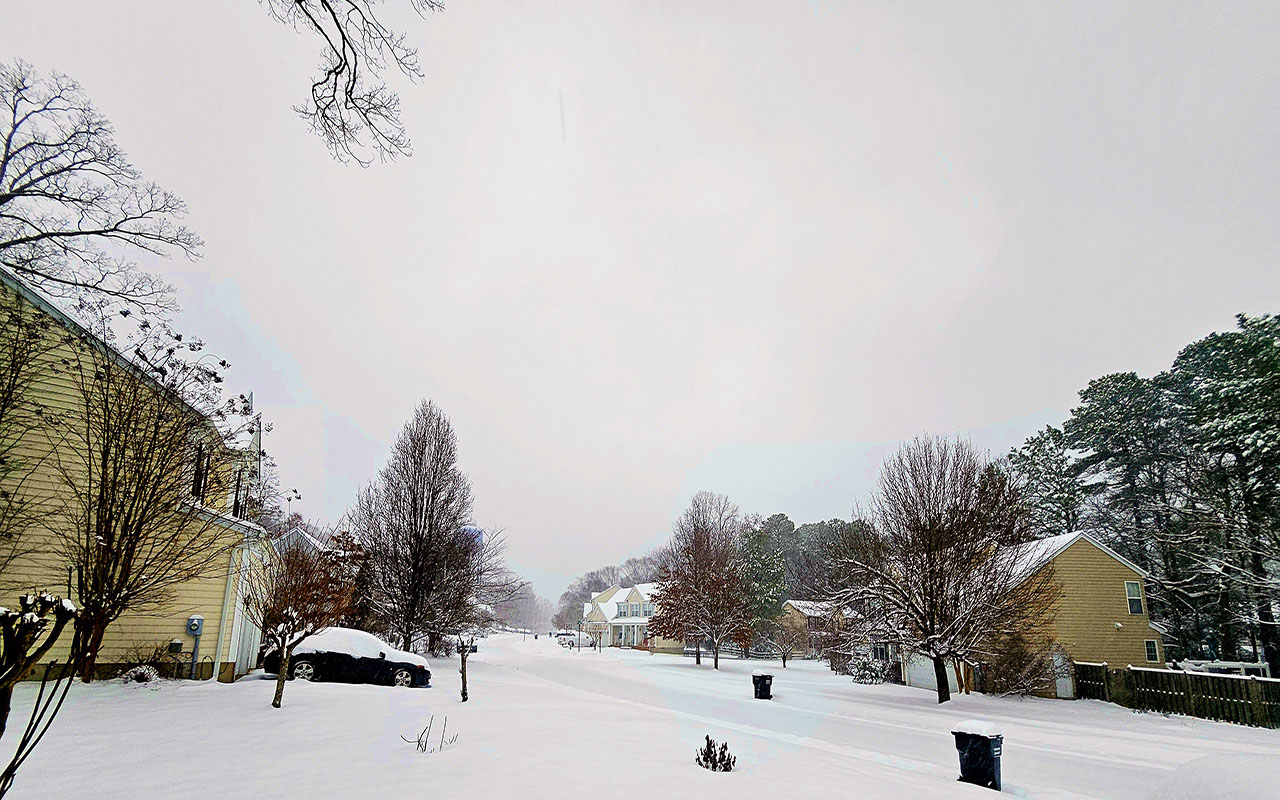
Lost and found jazz in Philadelphia
For Jazz month, we investigate the lost "Golden Strip" of jazz along Cecil B. Moore Avenue in North Philadelphia, and the preservation movement to bring it…
Temple University’s campus sits at a veritable crossroads of jazz history, Civil Rights, and African-American culture. On “The Golden Strip” between 8th and 24rd Streets on Cecil B. Moore Avenue, students will discover the legacy of over 20 jazz institutions that date back to 1940s. The spirit of the city’s musical giants, from John Coltrane to Billie Holiday, live on here thanks to hard-won preservation efforts.
The above statement is both true and false. Yes, there was a place known as “the Golden Strip” that was integral to the city’s pre-Civil Rights era jazz scene, and it ran like an artery through Temple’s campus in North Philadelphia. But the above passage is not part of Temple’s marketing literature. For reasons within and beyond the university’s control, the Golden Strip has been almost erased from the landscape.

Echoes of the past
What is now Temple’s 1300 Residence Hall was at one time the well-known Cafe Society of Philadelphia. The Barnes and Noble on the northwest corner of Broad Street used to be Linton’s Diner — an all-night hangout and occasional venue for impromptu jam sessions. There is nothing left of the former 820 Club on 8th Street. It is just an empty lot now.
Further west, the Alliance for Progress Charter School spans the entire block where the infamous Watts Zanzibar jazz joint once stood. Faye Anderson eyed up the plain brick building and the sparse ironwork fence that surrounds it. “See!” she said. “They could be telling the story right on the fence.”
By day, Anderson is a public policy advisor. But in her free time, the New Yorker-turned-Philadelphian has become one of the city’s most committed jazz advocates and preservationists. In the midst of the Black Lives Matter movement, Anderson has been starting her own campaign: Black Culture Matters.
Walking the modern day Golden Strip, Anderson can’t always tell where the past lines up with the present. She has aggregated a list of the old venues from the strip’s heyday, but some of them are only listed by block. Ida’s restaurant at 19th and Cecil B. Moore. The Checker Club at Ridge and Oxford. But did they sit on the north or south side of the street? Was it in this vacant lot or that boarded up townhouse? Details fuzz through time without historical preservation.
Until 1987, Cecil B. Moore Avenue had gone by the name of Columbia Avenue. There are still signs signs — literally — from those days: Columbia Money Loans office and Columbia Deli sit within walking distance. But connections to the Golden Strip are less certain. Does Pub Webb, a popular watering hole for Temple students, bear any connection to “The Web” of the 1940s?
Within eyeshot of the five-way intersection at 23rd Street you would have found half a dozen jazz institutions with smooth names like Spider Kelly and The Point. But today, the only flash from the past is an old “Bar” sign that swings in the light breeze.
On another corner of Cecil B. Moore Ave. today hangs a rusted marquee sign advertising the three-hour cleaning services of Walter Gerbon. The sign appears at least fifty years old, and there are a few more of similar age on the Golden Strip. Was Mr. Gerbron starching collars and ironing suits for musicians back in the day? Maybe. But his old shop tells part of the story about why the Golden Strip disappeared.
Jazz music changes audiences around the 1960s. Anderson attributes it to the idea that jazz, typically a working class release, became less of a dancing music. Blues and rock-and-roll gained momentum in the 1960s as well, but there was another more political and economic reason that the African-American jazz institutions faded away.
The Philadelphia race riot of 1964, sometimes referred to as the Columbia Ave. Riot, started right here at 23rd Street and Columbia Ave. Many white-owned businesses on the strip were burned. Others closed shortly afterwards. Those with the means to leave the neighborhood left, and economic hard-times hit the Black neighborhood. The music stopped almost overnight.

Culture at risk
“Temple is a such a big part of erasing Philadelphia’s jazz history,” Anderson said.
While the university has a long record of razing historically significant property to make way for new development, Anderson feels that lack of acknowledgement and respect for this cultural heritage is the real sin.
There were two other jazz pockets in the city back then: one on the 52nd Street corridor in West Philadelphia, and another on South Street. North Philadelphia wasn’t the only one to lose much of this cultural capital over time. The erasure of Philly jazz landmarks can even be traced back to the Earle Theater, which you may know today as the CVS Pharmacy on southeast corner of 11th and Market Streets downtown.
The Philadelphia Mural Arts Program has played a big role in trying to retell the story of jazz throughout the city. The program’s Executive Director Jane Golden works closely with the communities to determine what artistic representation they want.
“Murals over the years have been a mirror held up to the city that tells you that your life counts, your story matters,” Golden said.
But even these landmarks have been fraught with challenge.
Just last year, the residential development company Pennrose took the wrecking ball to the “Tribute to John Coltrane” mural at 32nd and Diamond Streets in the Strawberry Mansion neighborhood. Anderson reported that no notice was given to the community. She decried the demolition as that of a cultural asset, saying that the empty lot “went from vibrant to vacant” and “looks like a freshly dug grave.”
Councilmanic Prerogative, a City Council member's ability halt or speed up construction, can be employed any time a development threatens a cultural heritage site. It could be used in the negotiation process of preservation, but Anderson argues that “policy makers have done little” with it to preserve cultural monuments.
“It’s not just about some man who used to live in the neighborhood,” she said of the Coltrane mural. “It’s about an international icon.”
In recent years, numerous murals have been either demolished or obscured by new development. Neither Anderson nor Golden wish to stand in the face of economic development, but at the same time they both argue for the value of preservation.
Golden’s policy is to meet with developers and try to save at-risk murals. If the answer is no, she tries to convince them to contribute to a new mural in its place. Anderson doesn’t want to get hung up on bricks and mortar. Whether its a mural or a small plaque or low-cost banner, it’s the presence of historically conscious public art that she feels the city needs most.
“It's more important when you think of the sorry state of the Philadelphia schools in which music and art have been drastically cut down,” she said. “Where are the children going to the be exposed? It’s not that they necessarily have to be interested in jazz, but where will they learn about the legacy?”
Gentrification and new development have been changing the landscape of Philadelphia — especially in parts of North, South, and West Philadelphia. People or color and low-income neighborhoods are especially at risk. According to recent policy research from the Philadelphia Coalition for Affordable Communities, the African-American population in the gentrifying areas of South and West Philadelphia decreased by 29, and by 22 percent in North Philadelphia.

The road to preservation
From a cultural perspective, Anderson and Golden hope developers will play a bigger role in telling these stories. But in the meantime, Golden keeps fighting to protect all of Philly’s murals. And while the era and its institutions may be gone, Anderson is committed to preserving its memory, and she thinks technology is the solution.
Her project is called All That Philly Jazz, and its mission appears simple — preserve the city’s African-American jazz legacy through simple low-cost and low-maintenance artworks. It could be something as simple as a banner in one of the old lots along Cecil B. Moore Avenue where jazz was once alive and well.
“Everyone around the world has recognized that Philly has spawned so many jazz greats and innovators, and we've done little or nothing to preserve this history,” Anderson said. “Technology can help tell the story now.”
She is currently seeking funding for an app that will provide a self-guided walking tour of Philly’s jazz spots. Simple plaques would be installed at the sites of old jazz institutions — both the formal music venues and the cultural hangouts like Linton’s Diner. Quick Response (QR) Codes could link mobile-users to archival photos and oral histories, which Anderson has already begun collecting on the All That Philly Jazz website.
She also intends to work with the Philadelphia Land Bank to preserve some of the lots that have jazz roots and use them for community spaces. Currently, there is a for sale sign on the triangular lot in front of the Pearl Theater mural, which could potentially threaten one of the few jazz commemoratives left in the Golden Strip neighborhood.
Pearl Bailey’s former house, which she purchased after coming to Philadelphia during the Great Migration, rests on 23rd Street north of former Columbia Avenue. It is an enormous three-storey townhome with over 10 bedrooms and ornate yellow cornices. Moreover, it is one of the area’s historically protected properties, thanks to the Pennsylvania Historical and Museum Commission. Its current owner, William Sharrock, is a lifelong resident of the neighborhood who remembers the jazz era of his father’s time.
According to oral history, Bailey used to host parties at the house attended by fellow jazz legends like Red Fox and Slappy White.
“I wish I had a camera,” he said, shaking his head. “I wish I could be in the room with a camera.”
If Anderson’s project has any success, the picture in Sharrock’s mind might just come to life for future generations.










LEAVE A COMMENT: